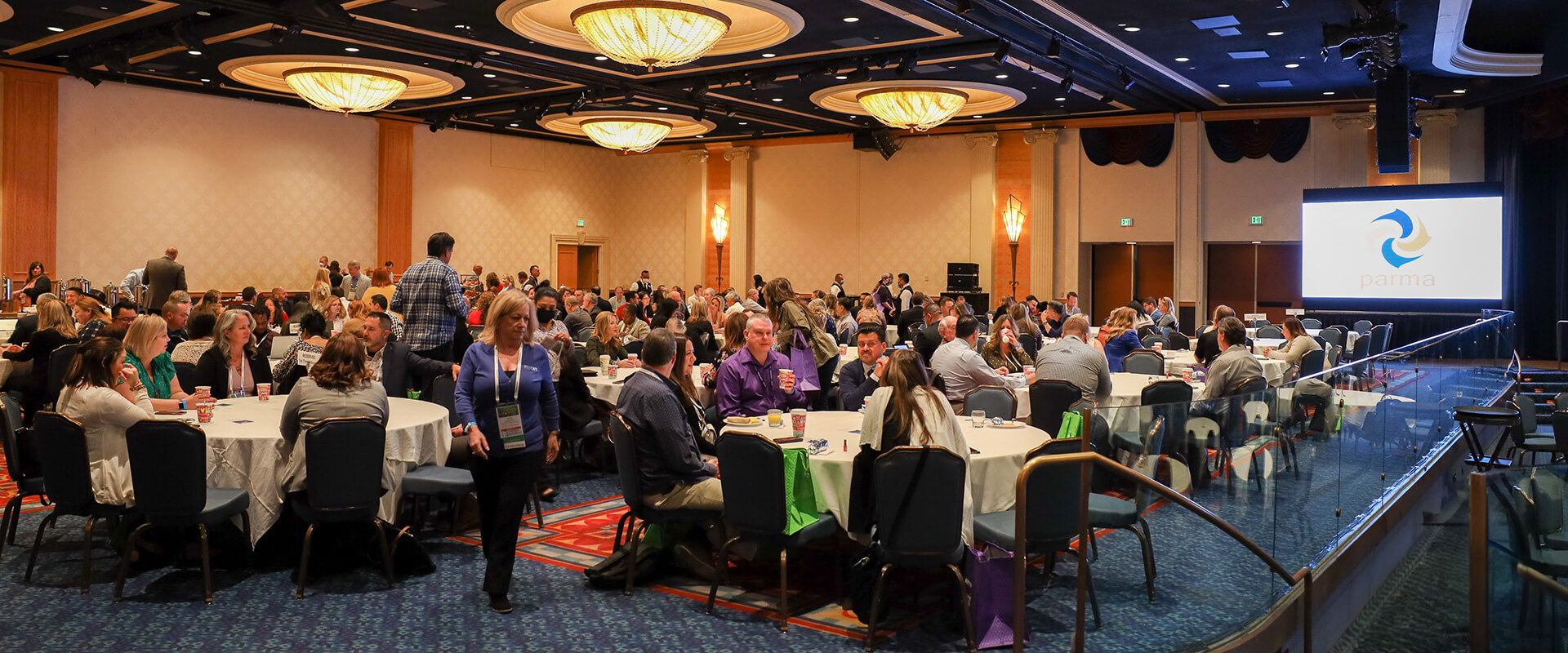Mass casualty incidents and the ensuing chaos are complicated to manage. There needs to be a definite correlation between what resources are available and the seriousness of the injuries.
Policies and management systems like the Incident Command System certainly help to facilitate the overall coordination of a mass casualty incident. After every incident, there is usually an investigation and an after-action report that details the lessons learned. Emergency managers use this vital information to strengthen their emergency plans. As a result, many plans have improved greatly over the years.
Mass Casualty Incidents Also Impact an Entire Community
Managing mass casualty situations, however, goes beyond initial emergency actions because these incidents also affect the community at large. That is one reason why we need to look at other issues within the community.
For example, emergency managers should look at what the community could have done differently to better prevent the incident. There is often much more to a mass casualty event than just the incident itself, such as determining the contributing factors that precipitated it.
Social scientists should look for those factors within the community to better understand how and why these tragic incidents occur. With their help and expert research, community resiliency can be strengthened considerably.








